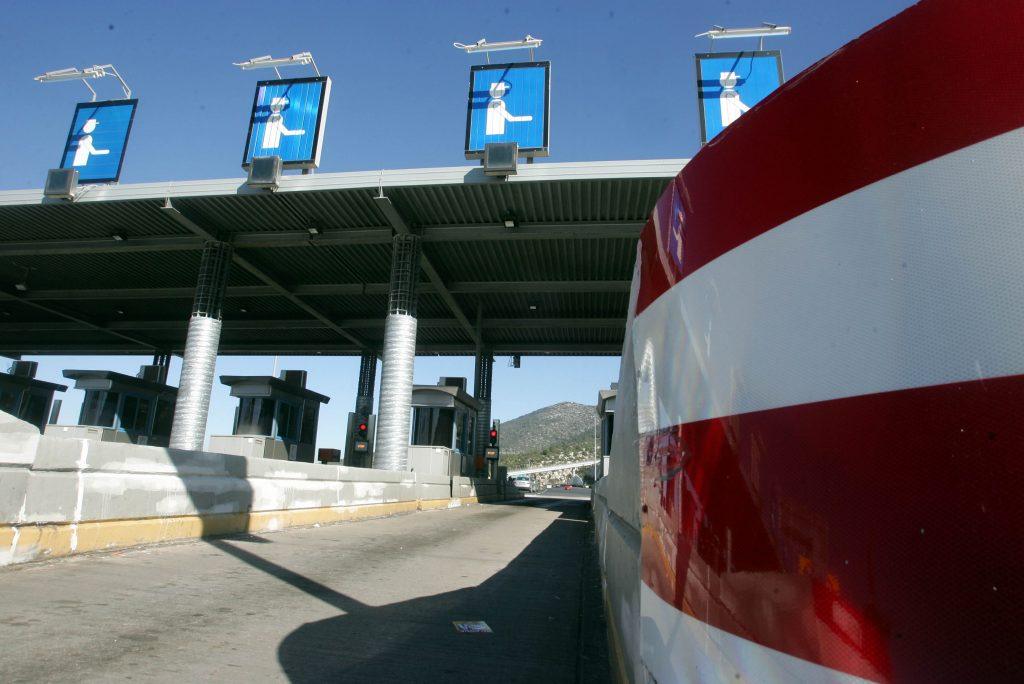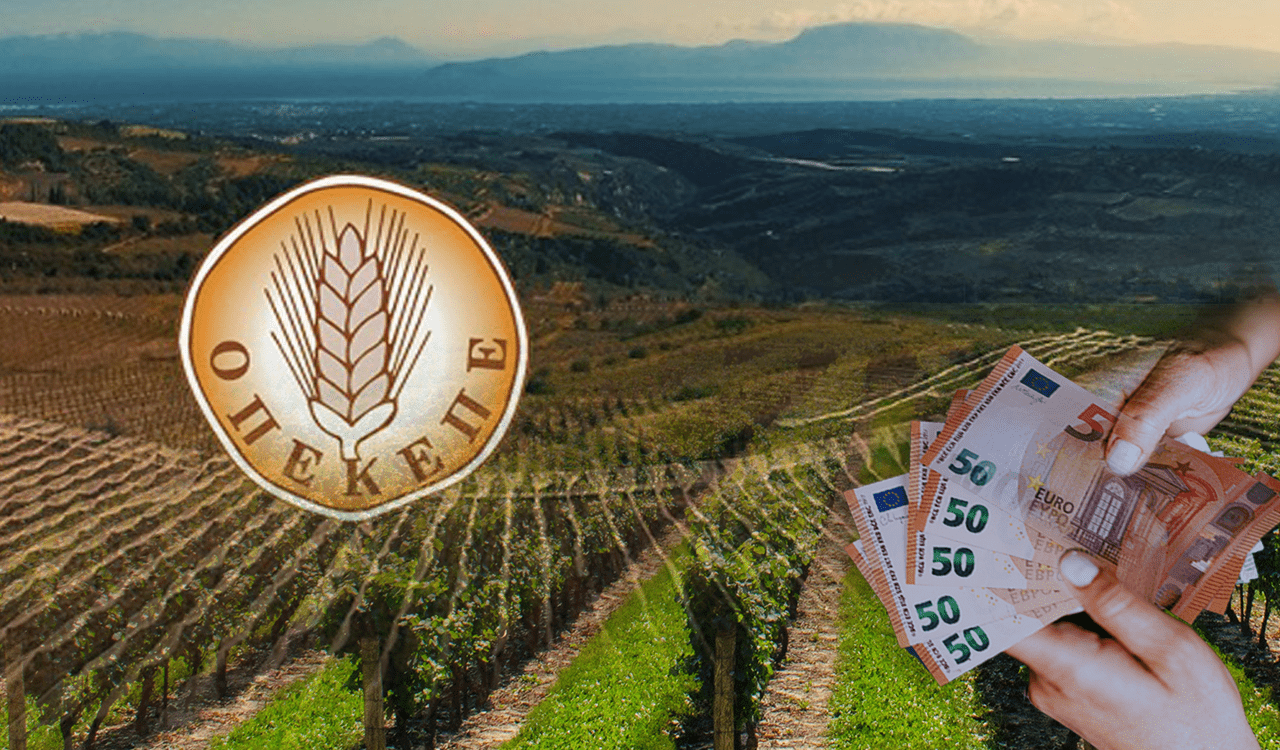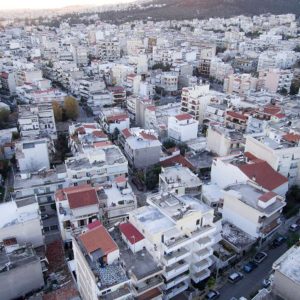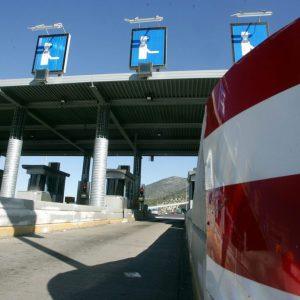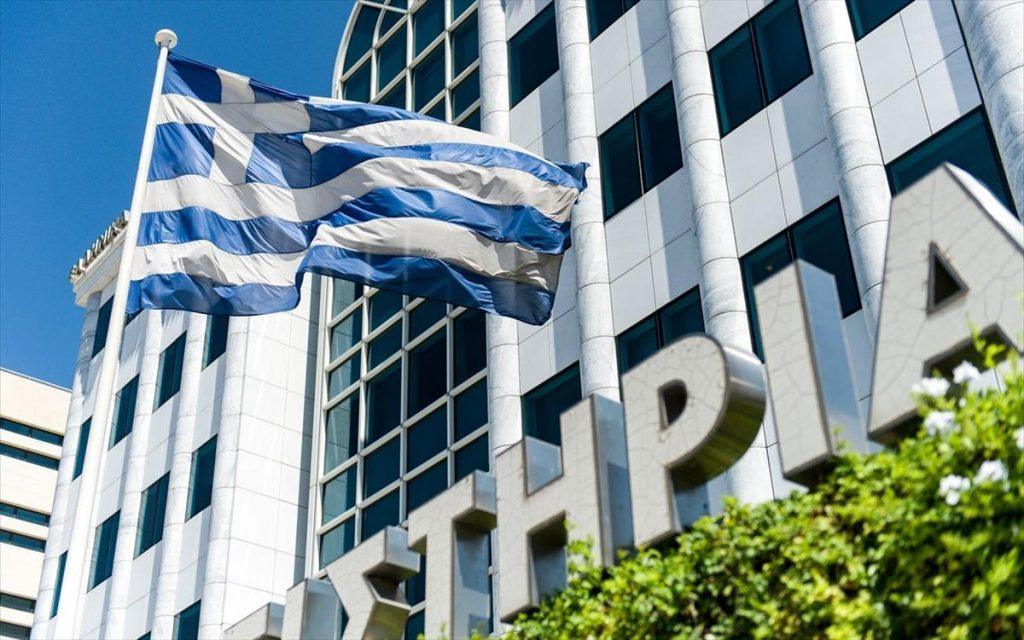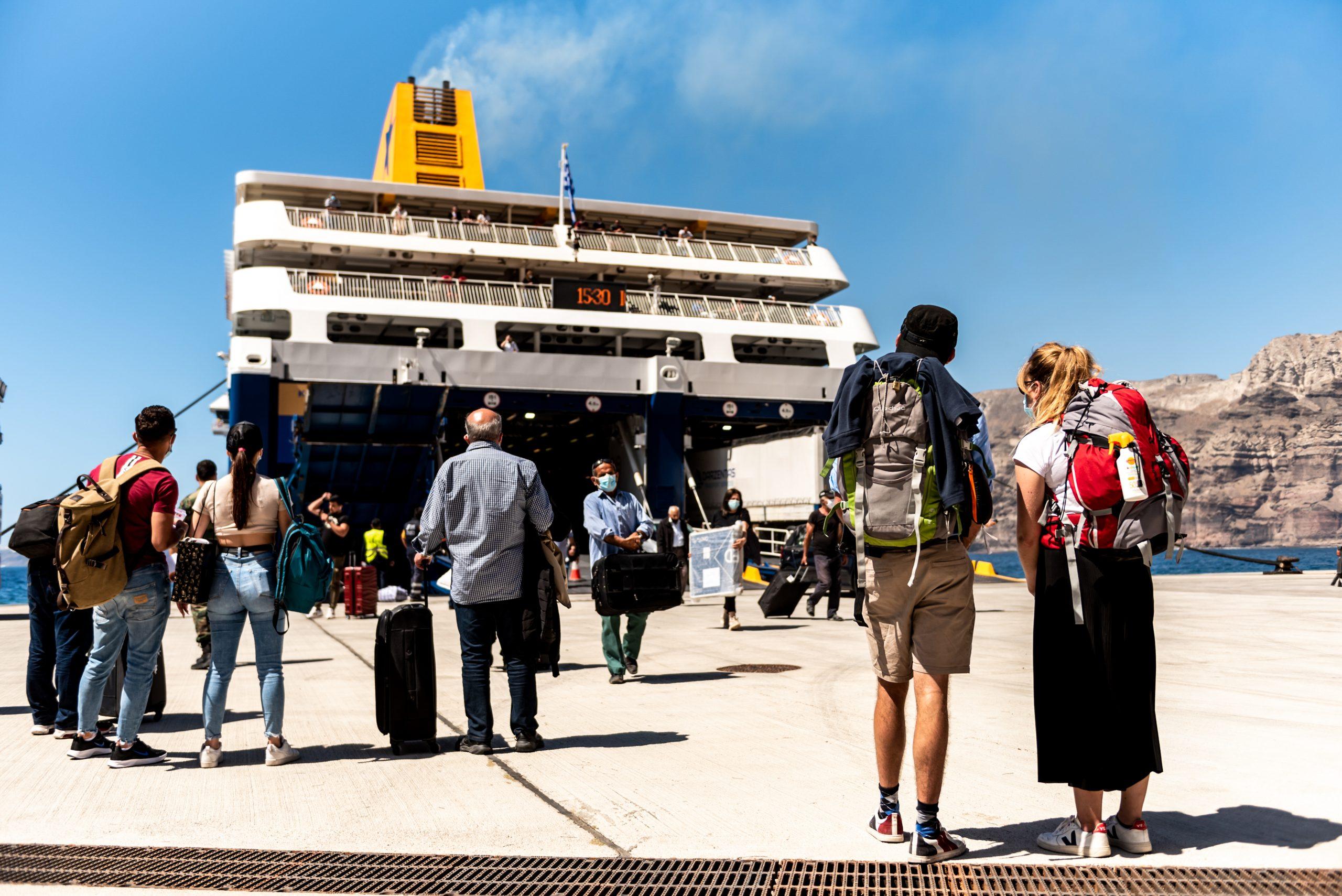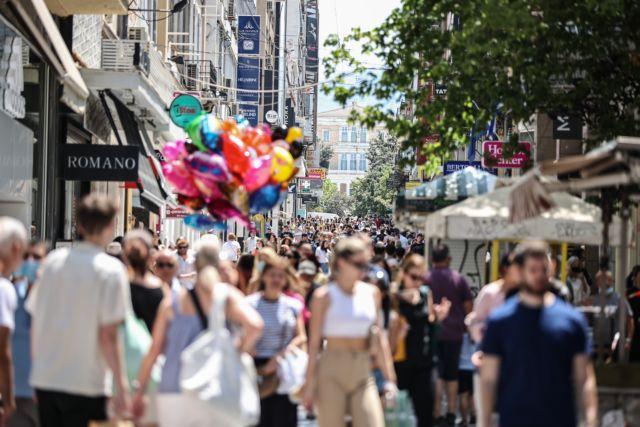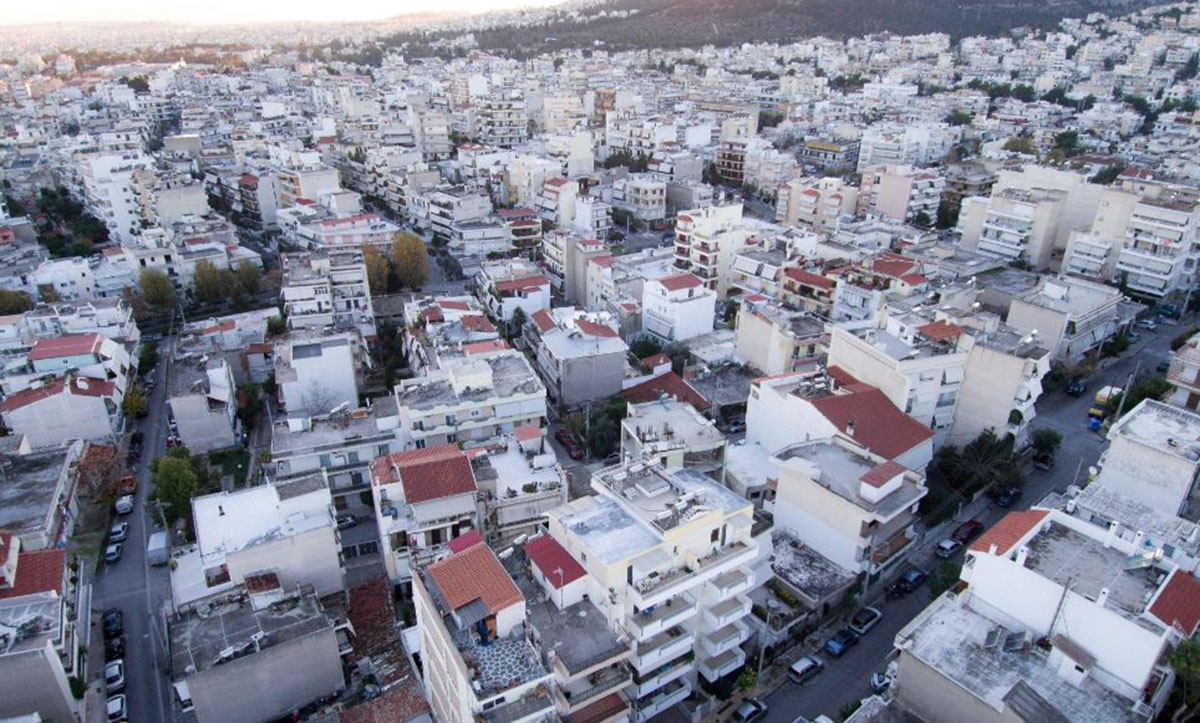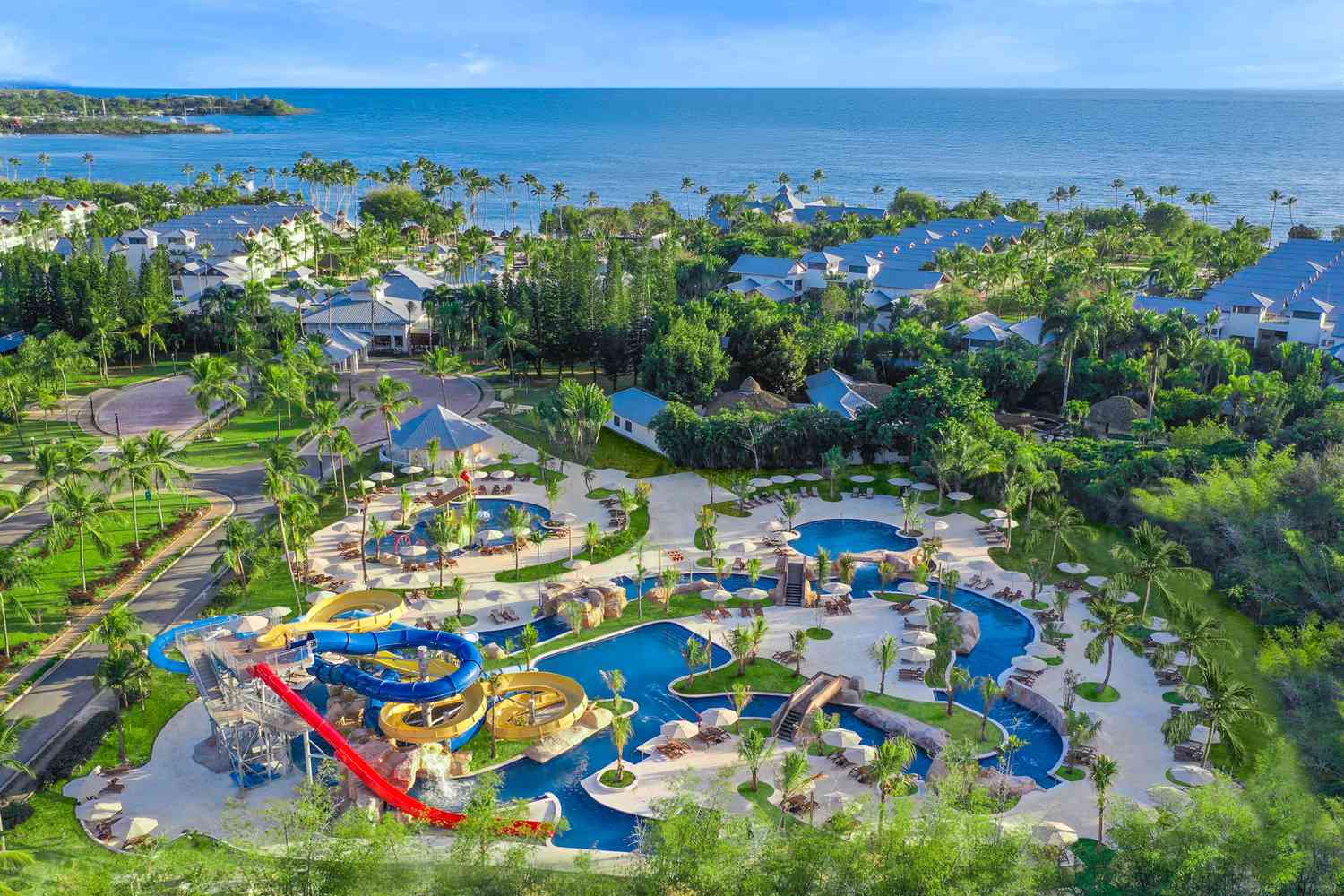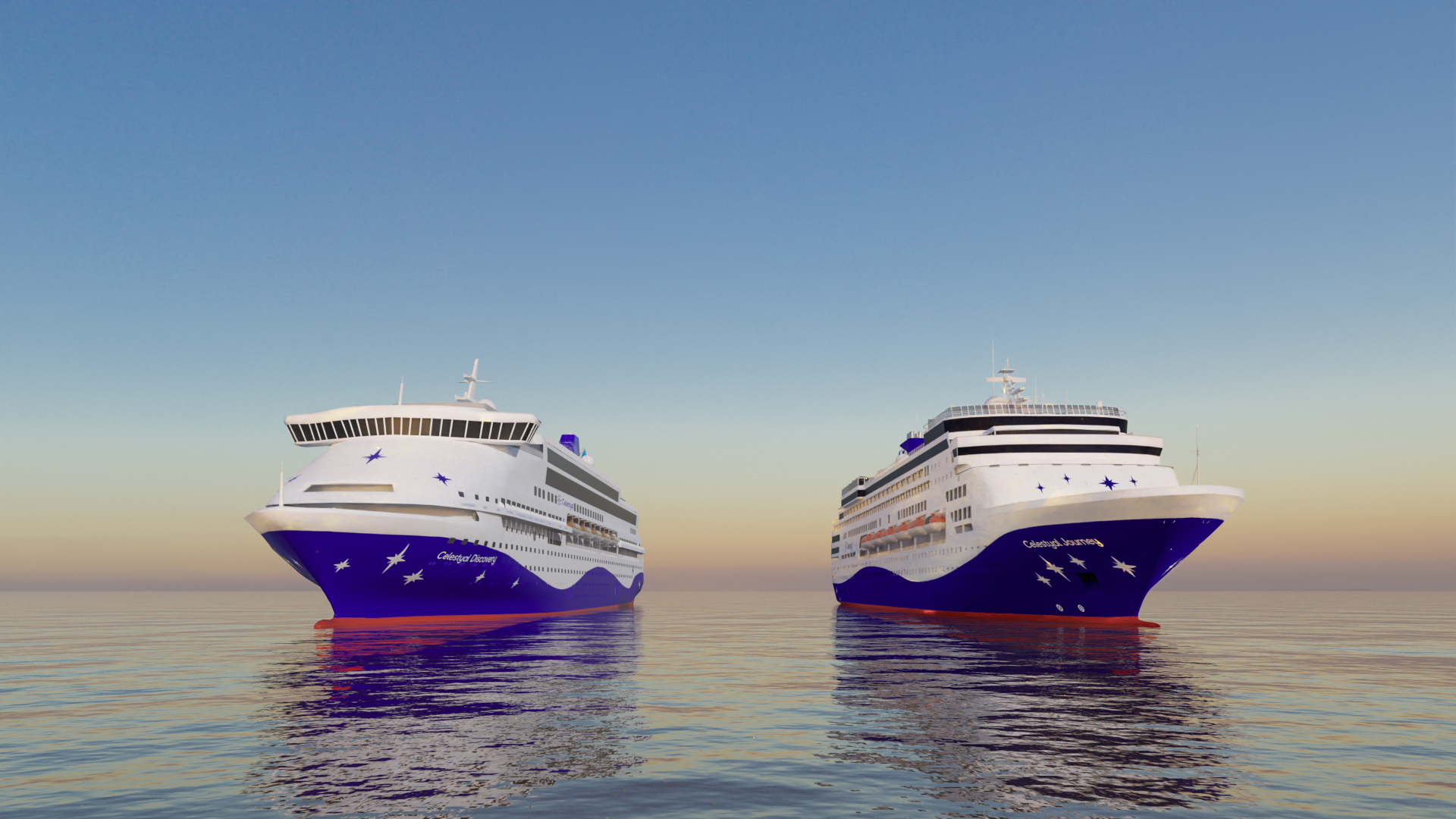It combines mysticism and introspection with a cosmopolitan character. A place ideal for quiet holidays and pleasant hikes. Of course we are talking about Patmos or otherwise the island of the Apocalypse.
In the “Jerusalem of the Aegean” – as Patmos is known worldwide – the island where St. John the Theologian in exile arrived to become an ascetic and then write, in about 95 AD, the holy Book of Revelation, is one of the most important religious and atmospheric destinations, without lacking the cosmopolitan air of an Aegean island.
Patmos is a place blessed with admirable natural beauty and rich cultural and especially religious heritage.
It is a spiritual beacon that radiates to the ends of the world, inviting the faithful to come to experience its unique divine and mystical aura.
The port and the capital of the island, is its largest settlement and gathers all tourist traffic. The administrative buildings of the Italian occupation make their presence felt from the first moment you arrive on the island, while the labyrinthine streets with shops and restaurants beckon you to discover them.
The coastline of Patmos displays an impressive variety of coasts, bays, harbors, capes and rocks with the most curious shapes to impress the visitor.
The Holy Island
A reference point not only for the island, but for the whole of Christianity is the Holy cave of the Apocalypse. Located on the hill between Skala and Chora, the Holy Cave of the Apocalypse has been transformed into a place of worship, where pilgrims have the opportunity to see the place where the Apocalypse was written, to touch the triple cleft in the rock, to fathom the site where the Evangelist rested, as well as to touch the pits in the rock which he grasped to get up, while the lectern of Prochoros, St. John’s faithful scribe, stands to one side, carved in the rock.
The Holy Cave has been declared a World Heritage Site by UNESCO together with the Monastery of Saint John the Theologian.
Built on the top of Chora, the Monastery dominates the entire island and resembles a Byzantine castle.
Archaeological finds testify that it was built on the site of an ancient temple of Artemis and an early Christian basilica. It is surrounded by an irregular rectangular defensive enclosure dating from the end of the 11th century to the 17th, while the Catholicon, the altar and the cells are preserved from the Byzantine period.
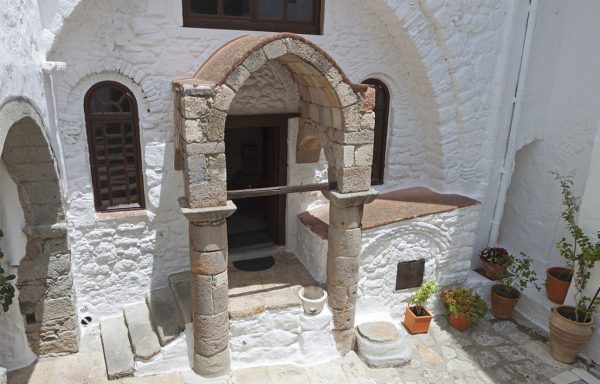
The largest Nunnery lies the southwestern part of the island, the Holy Monastery of the Annunciation with a stunning view towards the Gulf of Gardens, since it is built on the edge of the precipice.
Of course, you should not miss visiting the Holy Church of Agios Ioannis the Theologians located in Skala near the harbor where during the early Christian era it was used as a “baptistery”. Tradition states that St. John the Theologian baptized the Patmians there, while another tradition states that the Saint was standing there when he sent the wizard Kynopos to the bottom of the sea.
Undoubtedly, the most important archaeological site of Patmos is that of Kastelli where the ruins of the ancient acropolis and the foundations of the temple of Apollo are preserved.
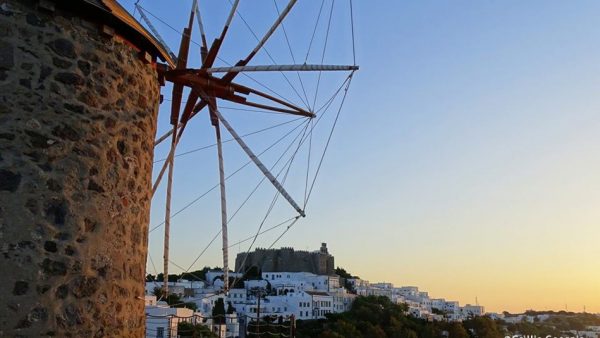
To visit the ancient acropolis of Patmos, you should follow the path of about three kilometers that starts from the port of Skala (one to one and a half hours walk), a short distance from the Baptistery of Saint John.
The Mills are a living monument, a bridge that unites the past with the present and the future. They are built to the east of the Holy Monastery of Patmos, on top of a hill overlooking the sea.
You should not miss visiting, the Simantiri Mansion, the oldest building in Chora, after the Monastery. A living museum, with the last descendant of the Simantiris family welcoming you and showing you around, telling you the history of every space and object of the mansion.
From Kampos to…Lampti
Kampos beach is the cosmopolitan and busy beach of the island that attracts locals and tourists.
Ideal destination for lovers of water sports, but also for families with children as they will find the ideal destination for endless fun in the pristine waters.
You will be impressed by the cove of Groikos, a beautiful beach with fine pebbles and sand, which looks like a lake, as it is flanked by two small peninsulas and is protected from the sea by the islet of Tragonissi. An impressive element of the landscape is the view towards the “stone of Kalikatsou”, a large rock that is joined to the land by a narrow strip and which one can approach by walking along the beach.
According to the legend, the Stone of Kallikatsou is nothing but the curse of a mother who (literally) took place: lured by the beautiful sea of the gulf, as soon as she had received communion, a girl wanted to dive into its waters. Her mother forbade her to do so, but she persisted, provoking the anger of the former. Enraged, the mother shouted: “If you go, turn to stone.” And so it happened.
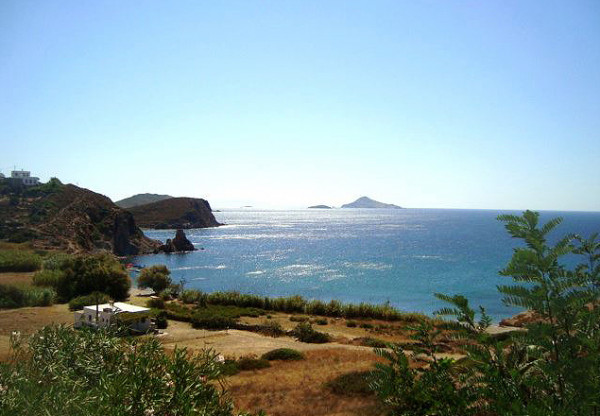
A beautiful beach with crystal clear waters in the northeast of the island, which is famous for its colorful pebbles, is the beach of Lampti with its colorful pebbles. In fact, so many admired them and took some with them as souvenirs that their collection is now prohibited.
Psili Ammos is considered one of the most beautiful beaches of the island with its blue-green waters. It can be accessed either by sea (approx. 45′ journey with boats that leave daily from Skala), or by following the path from Diakofti (approx. half an hour’s walk).
In Vaya you will find the coldest waters of the island, while at a short distance and following a stone path (about 15′ of walking), you will find the two contiguous coves of Linginos, one a little bigger than the other, but otherwise almost identical ( which is why they are also called Twins), which create a beautiful landscape between two capes.
In Arkioi and Marathi
Set aside time to take a day trip to the neighboring islets of Arkioi and also to Marathi. Boats departing from Skala will take you to the neighboring rocky islands of Arkia, but also to Marathi, a small island with crystal clear waters, which attracts many boats.
How to get to Patmos
Patmos has connections from Piraeus and the journey takes about 8 hours, while at the same time it is connected to the islands of Syros, Paros, Naxos, Samos, Ikaria, Chios, Mytilini and Lemnos, but also to Leros, Kalymnos, Kos, Rhodes and Leipsos .
In addition, during the summer, there is a route that connects Patmos with Kavala, in Northern Greece.


